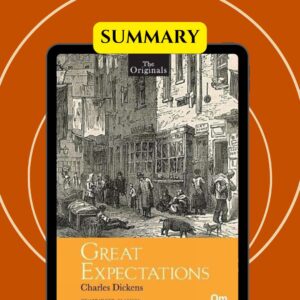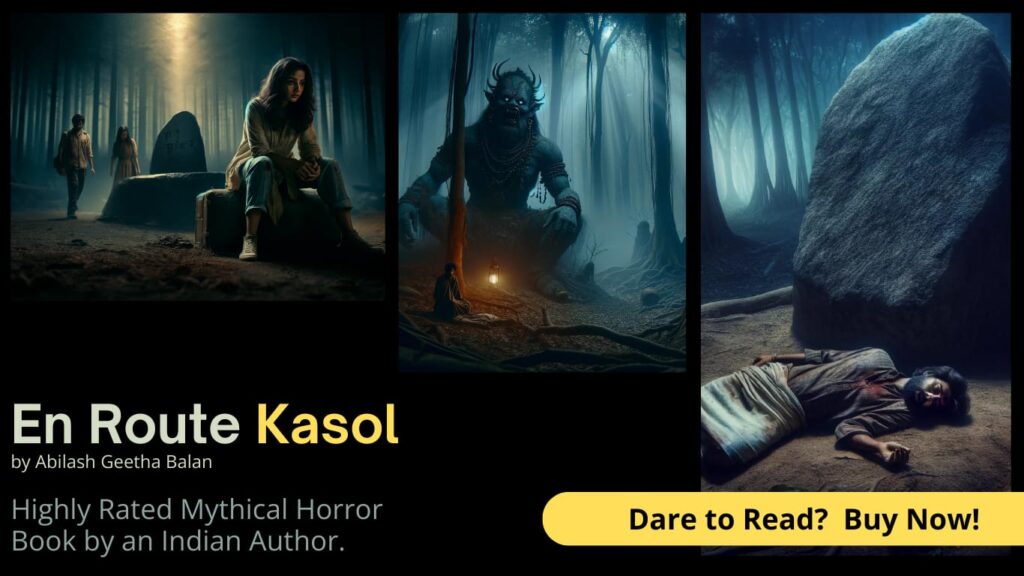Great expectations summary
Great Expectations by Charles Dickens is a classic novel that delves into the complexities of societal expectations, personal ambitions, and the quest for self-discovery. Understanding the summary of this novel is essential to grasp the profound themes and character developments portrayed by Dickens.

Background of the Novel
Author Information
- Charles Dickens, a prominent Victorian novelist, penned down Great Expectations in 1861.
Publication History
- The novel was first published in serial form in a magazine called All the Year Round.
- Its publication spanned from December 1860 to August 1861, captivating readers with its intricate storytelling.
Genre and Themes Explored
- Great Expectations falls under the genre of Victorian literature, known for its portrayal of social issues and moral dilemmas.
- Themes such as social class, ambition, guilt, redemption, and self-discovery are intricately woven throughout the narrative, offering profound insights into human nature.
Table of Contents
Main Characters
Pip (Philip Pirrip)
- The protagonist of the story, Pip, undergoes a transformative journey from a humble orphan to a gentleman, grappling with his aspirations and moral dilemmas.
Miss Havisham
- Miss Havisham, a jilted bride living in seclusion, plays a crucial role in Pip’s life, shaping his perceptions of love and wealth.
Estella
- Estella, raised by Miss Havisham to break men’s hearts, represents the unattainable ideal that drives Pip’s desires.
Joe Gargery
- Pip’s kind-hearted brother-in-law, Joe Gargery, embodies loyalty and simplicity amidst the complexities of Victorian society.
Magwitch
- A convict who encounters Pip in his childhood, Magwitch’s influence on Pip’s life is profound, blurring the lines between guilt and gratitude.
Other Key Characters
- Characters like Mr. Jaggers, Herbert Pocket, and Biddy contribute to the rich tapestry of relationships and conflicts in the novel, adding depth to the overarching narrative.
Plot Summary
Setting and Time Period
- Set in 19th-century England, Great Expectations captures the social landscape of the Industrial Revolution, showcasing the disparities between the wealthy and the impoverished.
Pip’s Encounter with the Convict
- The novel begins with Pip encountering an escaped convict in a graveyard, setting off a chain of events that shape his destiny.
Pip’s Interactions with Miss Havisham and Estella
- Pip’s visits to Satis House and his infatuation with the enigmatic Estella reveal the complexities of social expectations and unattainable desires.
Pip’s Journey to Becoming a Gentleman
- Through a mysterious benefactor, Pip receives the means to become a gentleman, unaware of the hidden motives driving his transformation.
Resolution and Conclusion
- The novel culminates in a narrative twist that exposes the true source of Pip’s great expectations, challenging his preconceptions and leading to a poignant resolution.
Themes and Symbols
Social Class and Ambition
- Dickens explores the impact of social class on individual aspirations, highlighting the pitfalls of ambition driven by external validation.
Identity and Self-Discovery
- The journey of self-discovery undertaken by Pip sheds light on the complexities of forging one’s identity amidst societal pressures and personal desires.
Guilt and Redemption
- Themes of guilt and redemption thread through the narrative, underscoring the power of forgiveness and self-acceptance in the face of past mistakes.
Symbols in the Novel
- The river, symbolizing the passage of time and transformation.
- Flames, representing the destructive nature of unchecked desires and obsessions.
- Darkness, metaphorically alluding to the shadowy aspects of human nature and societal decay.
Film and TV Adaptations
Overview of Notable Adaptations
- Numerous film and TV adaptations have brought Charles Dickens’ classic novel Great Expectations to life on screen.
- 1946 Film Adaptation: Directed by David Lean, this adaptation is known for its atmospheric portrayal of the story.
- 2012 Film Adaptation: Starring Jeremy Irvine as Pip and Helena Bonham Carter as Miss Havisham, this version modernized the classic tale.
- Film and TV Adaptations
Character Portrayals in Film Versions
- Each adaptation of Great Expectations offers a unique interpretation of the novel’s iconic characters.
- Actors such as Jeremy Irvine, Ethan Hawke, and Ioan Gruffudd have portrayed the character of Pip with varying degrees of success.
- Helena Bonham Carter’s portrayal of Miss Havisham has been praised for capturing the character’s haunting and tragic nature.
- Character portrayals in film versions
Changes from the Original Novel
- While film and TV adaptations strive to remain true to the essence of the novel, some changes are made for dramatic effect.
- Adaptations may condense or omit certain subplots and characters to fit the constraints of the medium.
- Each adaptation brings its unique perspective to the story, offering viewers a fresh take on the timeless classic.
- Changes from the original novel
Educational Significance
Inclusion in School Curriculums
- Great Expectations is often included in school curriculums around the world due to its rich themes and engaging narrative.
- The novel provides students with insights into Victorian society, social class dynamics, and the human experience.
- Teachers use the novel to prompt discussions on ambition, identity, and the impact of choices on one’s life.
- Inclusion in school curriculums
Themes Relevant to Modern Students
- The themes explored in Great Expectations remain relevant to modern students, resonating with issues of social mobility and personal growth.
- Students can relate to Pip’s desire for self-improvement and the challenges he faces in a society defined by social hierarchies.
- Discussions around guilt, redemption, and the consequences of one’s actions foster critical thinking and empathy in students.
- Themes relevant to modern students
Analysis of Key Scenes for Educational Purposes
- Educators often delve into key scenes in Great Expectations to dissect the character development and thematic elements present.
- Scenes like Pip’s encounter with Magwitch or Miss Havisham’s grand betrayal offer opportunities for profound discussions on trust and loyalty.
- By analyzing these scenes, students gain a deeper understanding of the novel’s intricate narrative and social commentary.
- Analysis of key scenes for educational purposes
Quotes and Memorable Lines
Significant Quotes from the Novel
- Charles Dickens’ Great Expectations is replete with memorable quotes that encapsulate the novel’s themes and characters.
- Noteworthy quotes include:
- I loved her against reason, against promise, against peace, against hope, against happiness, against all discouragement that could be.
- Suffering has been stronger than all other teaching, and has taught me to understand what your heart used to be.
- Each quote offers a glimpse into the profound emotional depth of the characters and their struggles.
- Significant quotes from the novel
Interpretation of Key Lines
- Delving into the meaning behind key lines in Great Expectations reveals the intricate layers of symbolism and character motivations.
- Lines such as I am the common enemy of mankind spoken by Miss Havisham reflect her tragic isolation and despair.
- Through close analysis, readers uncover the complexities of Dickens’ prose and the timeless truths embedded in his words.
- Interpretation of key lines
Impact of These Quotes on the Overall Narrative
- The impactful quotes in Great Expectations serve as emotional anchors, grounding readers in the characters’ inner turmoil and aspirations.
- By pondering these quotes, readers are prompted to reflect on their own beliefs, aspirations, and the complexities of human nature.
- The enduring power of these quotes lies in their ability to evoke universal emotions and resonate with readers across generations.
- Impact of these quotes on the overall narrative
Frequently Asked Questions (FAQs) About the Great Expectations Summary:
What is the main theme of Great Expectations?
Great Expectations explores themes of social class, ambition, identity, guilt, and redemption, with a focus on how these elements shape the characters and the overall narrative.
Who are the main characters in Great Expectations?
The main characters include Pip (Philip Pirrip), Miss Havisham, Estella, Joe Gargery, Magwitch, and various other key characters whose interactions drive the storyline.
How does Pip’s character develop throughout the novel?
Pip’s journey from humble beginnings to aspiring gentlemanhood showcases his growth, struggles, and eventual understanding of what truly matters in life.
What role does Miss Havisham play in the story?
Miss Havisham, with her tragic past and vengeful nature, influences Pip’s perceptions of love, wealth, and betrayal, making her a pivotal character in the novel.
What is the significance of the symbols in Great Expectations?
Symbols like the river, flames, and darkness represent deeper themes of change, passion, and inner turmoil, adding layers of meaning to the narrative.
How has Great Expectations influenced modern literature and pop culture?
The enduring legacy of Great Expectations can be seen in its adaptations in film, TV, literature, music, art, and media, showcasing its lasting impact on creative works.
Conclusion:
In conclusion, Great Expectations by Charles Dickens remains a timeless classic that continues to captivate readers with its rich characters, intricate plot, and profound themes. By delving into the summary of the novel, readers gain insights into the complexities of human nature, societal expectations, and the pursuit of one’s aspirations. As a cornerstone of Victorian literature, Great Expectations serves as a poignant reminder of the power of hope, redemption, and self-discovery that transcends time and resonates with audiences across generations.





